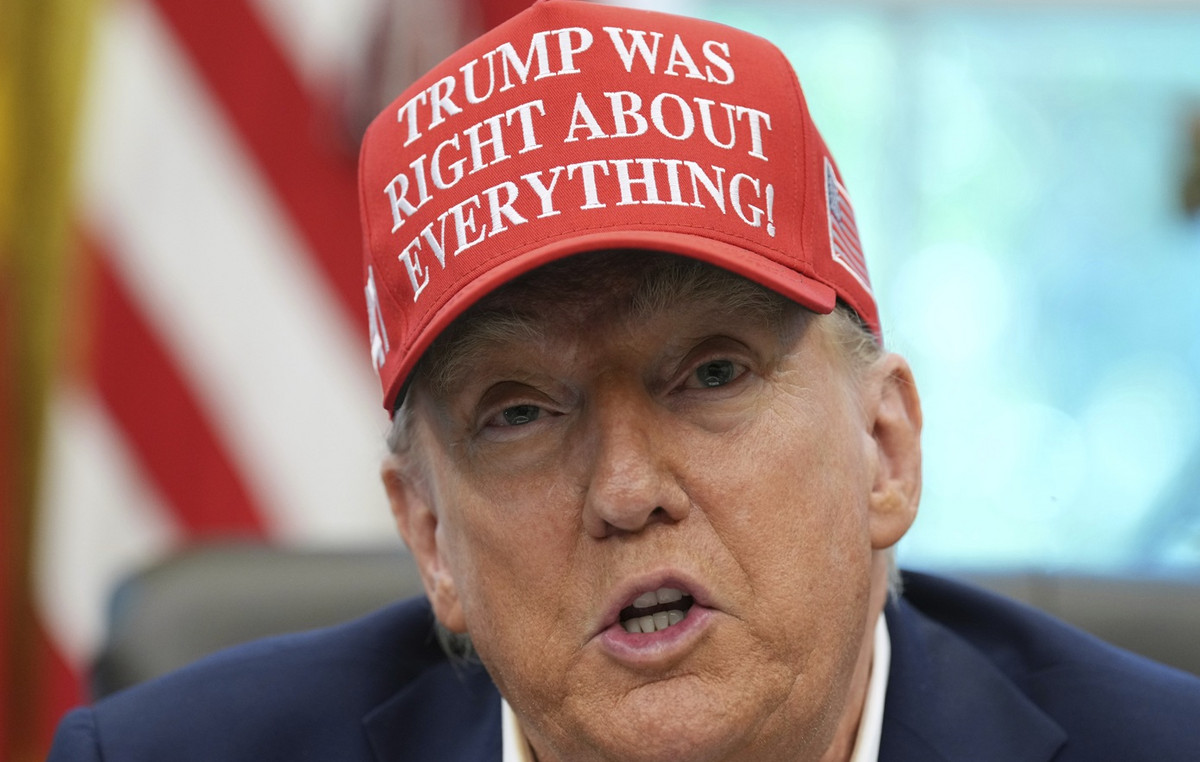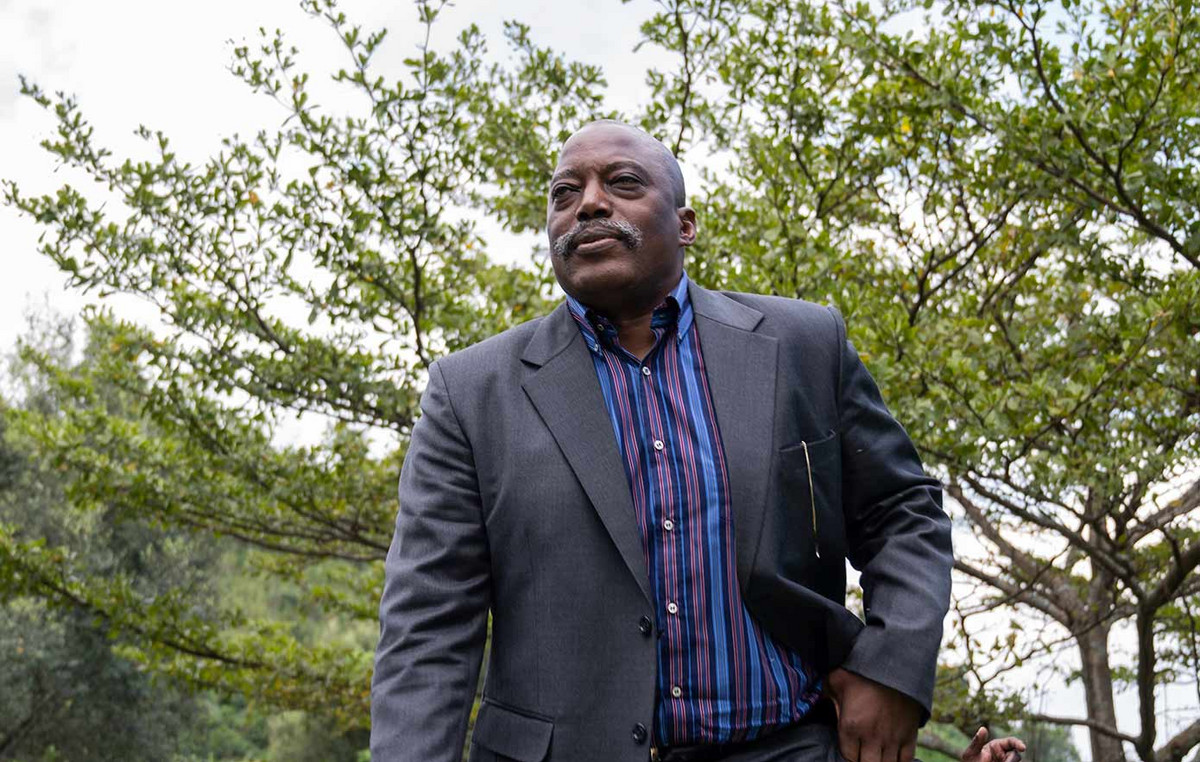Confused by inflation? You are not alone. Inflation is, paradoxically, incredibly simple to understand and absurdly complicated.
Let’s start with the simplest version: Inflation happens when prices rise sharply.
This “largely” is important: at any given time, the price of products will fluctuate based on changes in taste. Someone does a viral TikTok about Brussels sprouts and suddenly everyone needs it; boom, sprout prices go up.
Meanwhile, sellers of cauliflower, the veggies of last season, are practically giving away their wares. These fluctuations are constant.
Inflation, however, occurs when the average price of virtually everything consumers buy rises. Food, houses, cars, clothes, toys, etc. To pay for these necessities, wages must also increase.
It’s not a bad thing. The United States, for the past 40 years or so (and particularly this century), has lived at an ideal level of low and sluggish inflation that comes with a well-oiled, consumer-oriented economy, with prices rising to around 2%. a year, if that.
Sure, the prices of some things, like housing and healthcare, are much higher than they used to be, but other things, like computers and TVs, have become much cheaper—so the average of all things combined has been relatively stable. .
Still with me?
All right, let’s get back to today, and why inflation is all over the news.
When ‘inflation’ is a bad word
Inflation becomes problematic when that slow, sluggish fire reaches its boiling point. That’s when you hear economists talking about the “overheating” of the economy.
For a variety of reasons, largely stemming from the pandemic, the global economy is now boiling.
Economists use two leading indicators to track inflation in the United States, both of which are at their highest level in nearly four decades.
The Consumer Price Index for November rose 6.8%, while the Personal Consumption Price Index, favored by the Federal Reserve, rose 5.7%.
And this is where the fundamentals of economics merge a little with those of psychology. There is an aspect of behavioral economics to inflation where it can become a self-fulfilling prophecy. When prices rise for a long period of time, consumers begin to anticipate price increases.
You will buy more merchandise today if you think it will cost considerably more tomorrow. This has the effect of increasing demand, which causes prices to rise even further. And so on.
That’s where things can get especially tricky for the Fed, whose main job is to control the money supply and keep inflation in check.
How did you get to that point?
Blame the pandemic.
In the spring of 2020, as Covid-19 spread, it was like unplugging the global economy. Factories around the world close; people stopped eating in restaurants; suspended airline flights.
Millions of people were laid off because business disappeared virtually overnight. The US unemployment rate soared to nearly 15%, from around 3.5% in February 2020.
It was the sharpest economic contraction on record.
At the same time, the Fed implemented emergency stimulus measures to prevent financial markets from sinking. The central bank cut interest rates to almost zero and began pumping tens of billions of dollars into the markets every month, buying up corporate debt.
In doing so, the bank likely avoided a complete financial meltdown. But maintaining these easy money policies for the past 20 months has also fueled inflation.
In early summer 2020, demand for consumer goods began to recover. Quickly.
Congress and President Joe Biden passed a historic $1.9 trillion stimulus bill in March, which left Americans suddenly flush with cash and unemployment assistance. People started shopping again. Demand went from zero to 100, but supply couldn’t recover that easily.
It turns out that when you unplug the global economy, you can’t just plug it back in and expect it to start humming at the same rate as before.
Take cars, for example. Automakers saw the beginning of Covid’s crisis and did what any smart company would do — temporarily shut down to mitigate losses.
But not long after factories closed, the pandemic also increased demand for cars, as people worried about exposure on public transport and avoided flying. Car manufacturers (and car buyers) have had a lash.
Cars require a huge number of parts, from a huge number of different factories around the world, to be built by highly skilled workers in other parts of the world. Getting all these discrete operations back online takes time, and at the same time keeping employees from getting sick takes even longer.
Economists often describe inflation as too much money chasing too few goods. That’s exactly what happened to cars. And houses. And Peloton bicycles. And any number of other items that have become important items.
How is the supply chain involved in all of this?
“Supply chain bottlenecks”—this is another one you see everywhere, right?
Let’s go back to the car example.
We know that high demand + limited supply = prices go up. But high demand + limited supply + production delays = prices go even higher.
All modern cars depend on a variety of computer chips to function. But these chips are also used in cell phones, appliances, TVs, laptops and dozens of other items that, unfortunately, were in high demand at the same time.
This is just one example of disconnect in the global supply chain. As new cars are slow to arrive, demand for used cars has soared, which has driven up overall inflation.
In some cases, car owners have been able to sell their used cars for more than they paid for them a year or two earlier.
What happens now?
Prices and wages are expected to continue rising until 2022, say officials and economists. But for how long and how much depends on countless variables around the world.
Policy makers and business leaders are working to clear bottlenecks in the supply chain and get goods moving at their pre-pandemic pace.
It’s much easier said than done. And there’s no telling what kind of shock — a resurgent Covid variant, a huge shipping container stuck in a major waterway, a natural disaster — could delay progress.
The Fed, for its part, publicly acknowledged that inflation was far more of a headache than anticipated. The bank is undoing its bond-buying program, a process known as tapering, in the first half of 2022, and plans to raise interest rates three times over the course of the year.
And when money becomes more expensive to borrow, it can ease the heat of price increases and bring the economy back to that nice slow fire.
This content was originally created in English.
original version
Reference: CNN Brasil
I am Sophia william, author of World Stock Market. I have a degree in journalism from the University of Missouri and I have worked as a reporter for several news websites. I have a passion for writing and informing people about the latest news and events happening in the world. I strive to be accurate and unbiased in my reporting, and I hope to provide readers with valuable information that they can use to make informed decisions.







